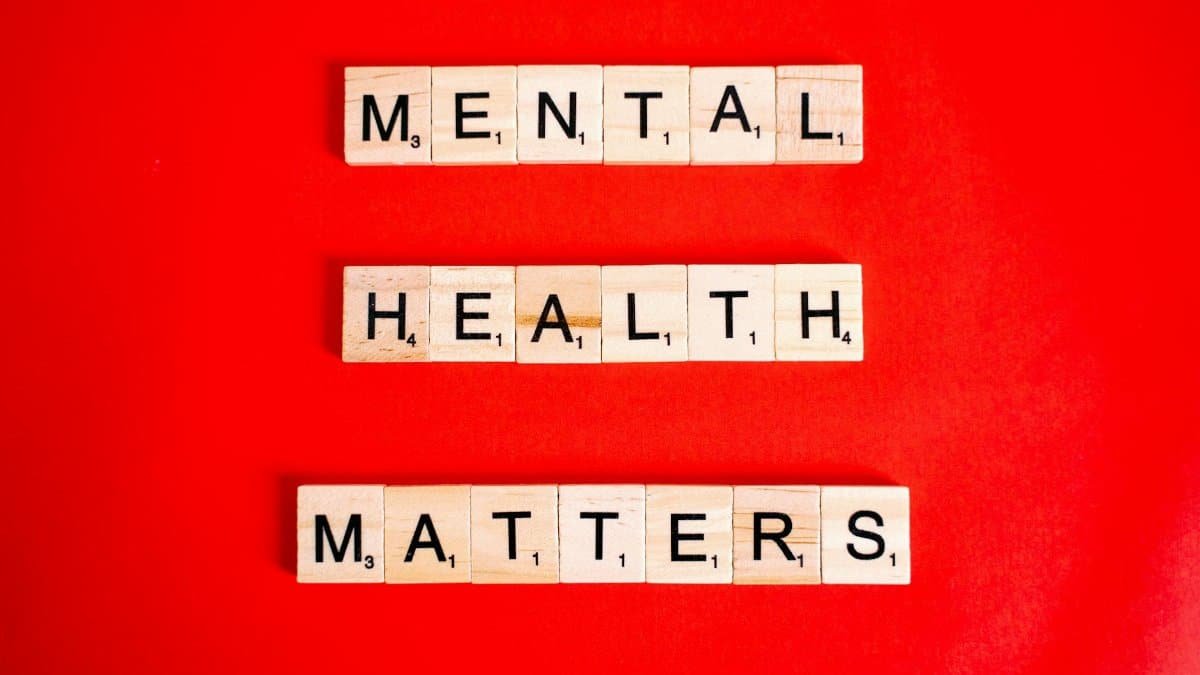Americans are grappling with self-doubt like never before, but a growing movement promises relief. Simply put, acceptance presence is the practice of being fully in the moment while embracing your true self without judgment, and it matters because studies show it can slash anxiety levels by up to 30%. In a nation where mental health crises hit record highs, this concept is quietly reshaping how people confront their fears. From boardrooms to bedrooms, acceptance presence isn’t just buzz—it’s a tool for real change.
The Hidden Fears Behind Resistance

Fear of acceptance often stems from deep-seated insecurities. Many worry that truly accepting themselves means admitting flaws they’ve long hidden. Psychologists note this resistance ties to childhood experiences or societal pressures. In the U.S., where perfectionism runs rampant, people avoid acceptance presence because it feels like surrender. But experts argue it’s empowerment. A recent survey by the American Psychological Association revealed that 45% of adults fear vulnerability, linking it directly to mental health struggles. This fear keeps millions stuck in cycles of self-criticism.
Defining Acceptance Presence in Everyday Terms

At its core, acceptance presence combines mindfulness with self-compassion. It’s not about ignoring problems but acknowledging them without self-attack. Think of it as sitting with your emotions like an old friend, not an enemy. Therapists describe it as a state where you observe thoughts without letting them control you. This approach draws from cognitive behavioral therapy techniques, helping individuals break free from negative patterns. In practice, it means pausing during stress to accept what’s happening, fostering clarity and calm.
How It Differs from Traditional Self-Help

Unlike quick-fix affirmations or goal-setting apps, acceptance presence demands no immediate change. It flips the script on hustle culture, emphasizing being over doing. While self-help often pushes transformation, this method invites gentle observation. U.S. wellness trends in 2025 highlight its rise, with apps and workshops surging in popularity. Critics say it’s too passive, but proponents counter that true growth starts with acceptance, not force. This distinction is key for those burned out on endless improvement quests.
Real Impacts on Mental Health

Embracing acceptance presence can transform well-being. Research links it to reduced depression and better stress management. For instance, a study from Harvard Medical School found participants practicing mindful acceptance reported 25% lower cortisol levels after eight weeks. In America, where anxiety affects over 40 million adults, this matters. People report sleeping better and relating more authentically. It’s not a cure-all, but it builds resilience. Therapists increasingly recommend it alongside medication for comprehensive care.Harvard Health Publishing details how such practices rewire the brain for positivity.
Common Misconceptions Debunked

One big myth: acceptance presence means complacency. Not true, it actually fuels motivated action by clearing mental clutter. Another falsehood is that it’s only for the spiritually inclined, but it’s grounded in science, accessible to all. Some think it ignores real pain, yet it encourages facing it head-on. In U.S. pop culture, celebrities like Oprah have touted similar ideas, but misconceptions persist. Clearing them up helps more people try it without hesitation.
Practical Steps to Start

Begin small. Set aside five minutes daily to sit quietly, noting thoughts without judgment. Use breathing exercises to anchor in the present. Journaling helps too, listing what you accept about yourself. Apps like Headspace offer guided sessions on acceptance presence. Track progress by noting mood shifts. In busy American lives, integrating it during commutes or breaks works wonders. Consistency is key, experts say, turning it into a habit over weeks.
Stories from Those Who’ve Tried It

Take Mark Thompson, a New York accountant who battled burnout. After adopting acceptance presence, he said, “I stopped fighting my limits and started thriving within them.” His story echoes many in corporate America. Or consider Lisa Chen, a teacher in California, who found it eased her imposter syndrome. “It was like finally seeing myself clearly,” she shared. These anecdotes show its reach across demographics, from young professionals to retirees seeking peace.
The Broader Societal Shift

Acceptance presence is gaining traction amid rising mental health awareness. In 2025, U.S. workplaces are incorporating it into wellness programs, with companies like Google leading the way. It challenges toxic positivity, promoting authentic living. Social media amplifies its message, though filters can distort it. Overall, it’s part of a cultural pivot toward empathy and self-care, potentially reducing national stress epidemics.
Potential Drawbacks to Consider

It’s not without risks. Some dive in too deeply without guidance, stirring up unresolved trauma. Professionals warn against using it as a substitute for therapy. In vulnerable populations, like those with severe depression, it might need professional oversight. Balance is crucial, pairing it with active problem-solving. Awareness of these pitfalls ensures safer adoption.
Why It Matters Now More Than Ever

In a divided America, acceptance presence fosters inner peace amid external chaos. With economic uncertainties and social tensions high in 2025, it equips individuals to navigate turmoil. Studies from the National Institutes of Health underscore its role in building emotional intelligence. As more embrace it, expect ripple effects in relationships and communities. Ultimately, confronting the fear of acceptance unlocks profound personal freedom.National Institute of Mental Health provides resources on related anxiety management strategies.
